Do you have to make a professional presentation in a language that’s not your native language? Personally, I can’t imagine anything more daunting. If I asked you to give me three words to describe how you are feeling about this upcoming challenge, I expect you will say… anxious, intimidated, and nervous. Thoughts that might cross your mind are:
“Will my audience understand what I am trying to say?”
“Will they understand my accent?”
“What will happen if what I am trying to communicate doesn’t come out correctly verbally?”
“Will I look incompetent?”
All valid thoughts. After all, when we are put in an unfamiliar position, it can undermine our confidence.
But it’s not all doom and gloom. There are specific tried and tested strategies that can help you rise to this challenge. The most important advice I can share is to be prepared… This is the motto of the scouts, but it holds true for practically everything in life. Preparation for making such a presentation includes:
- Know your subject – If you know what you are talking about, have evidence to back it up and are able to discuss it with authority, it will automatically boost your confidence. Literally, knowledge is power.
- Send your presentation to a native speaker of the language you are presenting in. In some languages written words and spellings are phonetic and in others, like English, for example, is more complicated. A native speaker of the language will be able to pick out nuances, spelling inconsistencies and make suggestions for alternative use of words.
- Rehearse, rehearse, rehearse…. You absolutely, must rehearse your presentation with someone who is a native speaker of the language to understand how you can improve the tone, voice inflections and pronunciations of words. For example, how would you pronounce the word, “calm” in English or “merci” in French?
- Support your presentation with visual aids like images, graphs, charts and even video clips, allowing the audience to shift focus for part of your presentation. Remember, “a picture is worth a thousand words.”
- Use simple language. Put yourself in your audience’s shoes and consider what would make it easier for you to understand someone who was presenting in your language, but it was not their first language.
- Once your presentation starts, speak slowly and pause regularly. This will give you time to gather your thoughts, enunciate your words and give you a break and it will give your audience time to understand what you are saying.
- Let the audience know that this is not your first language. More often than not, by sharing this, you will get them on side. Try and connect with them by making a joke or sharing an anecdote. You could always say, “English/ French/Italian is not my native language so please forgive me if I make any mistakes.” This will almost certainly endear the audience to you.
- And… if you need it ask for help; either from a colleague or even from the audience. Audience members are usually happy to engage, especially if you add some personality and humour to your question.
The bottom line is that it doesn’t have to be perfect. It has to be engaging and it must communicate the message or the information.
If you’ve got an important presentation coming up that’s not in your native language and could do with some help with both the presentation and its delivery, do get in touch. I am sure I can help. You can call me at xxxxx or email me at xxxx.
I offer a FREE 10 minute consultation with some concrete recommendations for company leaders who regularly make presentations to large groups. (Can we have a CTA graphic for this?)
Looking to book a speaker for your next conference?
Download our Speaker Pack and book in a planning call with Oliver
